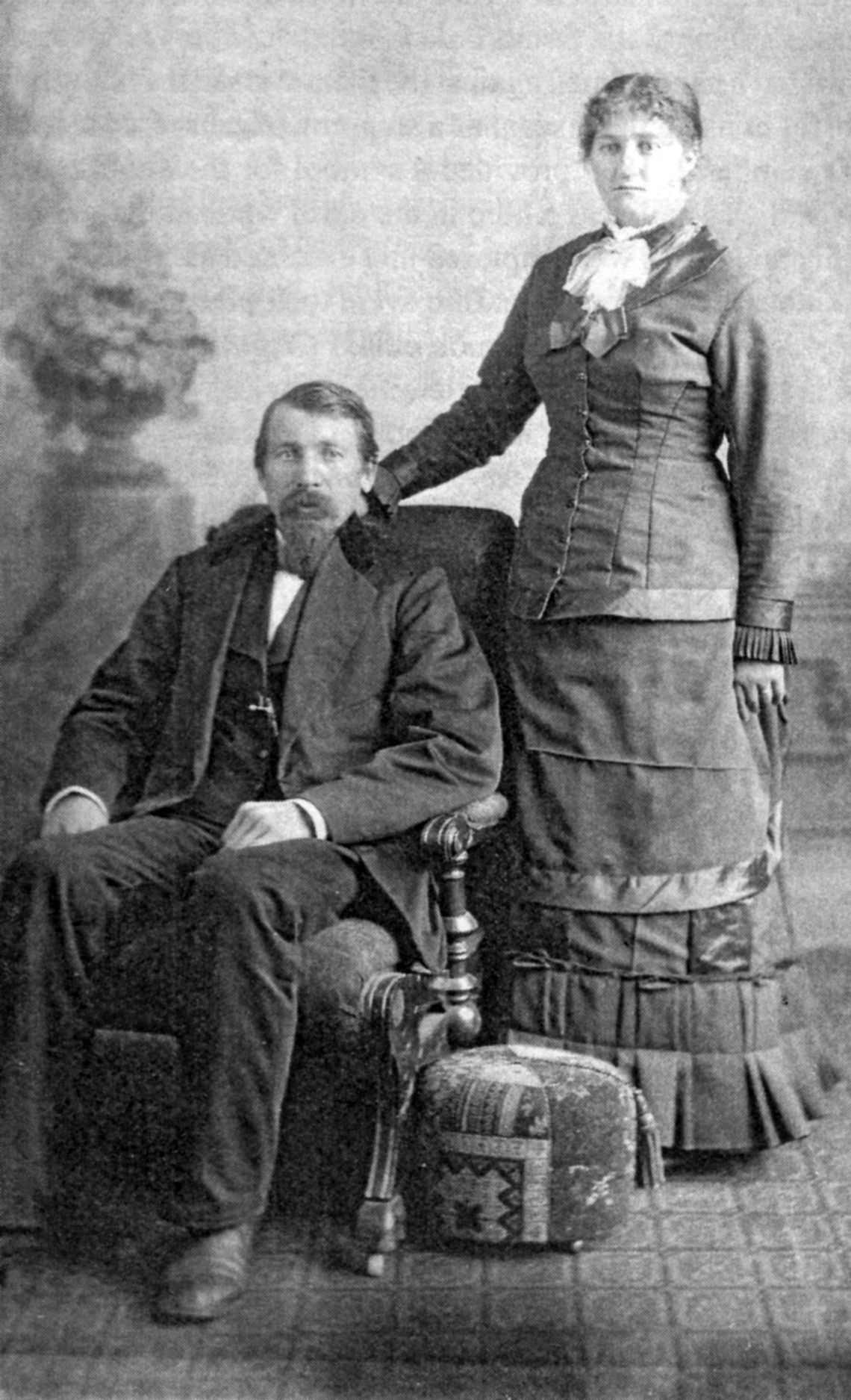The following is an excerpt from “From Bohemia to Good Harbor” by Norbert Bufka.
The piece of the world that one day became the Bufka farm was originally “owned” by Native Americans. The idea of owning property by purchasing it and securing a deed as a totally alien concept to Native Americans. However, the United States’ government signed treaties with various tribute of Native Americans so that the government could then sell the land to individuals.
Beginning with the first immigrants in the seventeenth century and through a number of treaties and wars, the United State acquired all the land from the Atlantic to the Pacific. Various laws encouraged the sale of this land to individuals.
PLEASE LOG IN FOR PREMIUM CONTENT. Our website requires visitors to log in to view the best local news.
Not yet a subscriber? Subscribe today!









